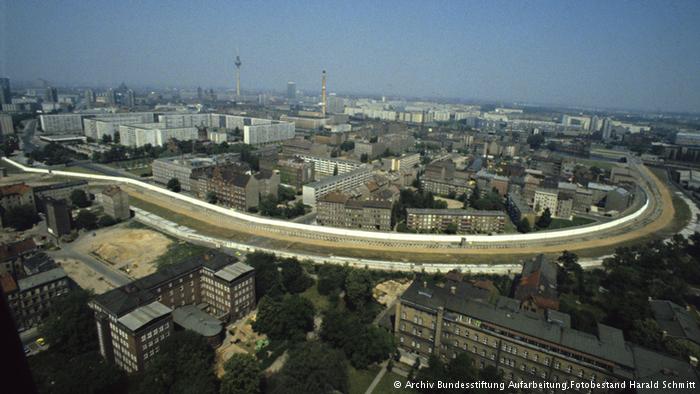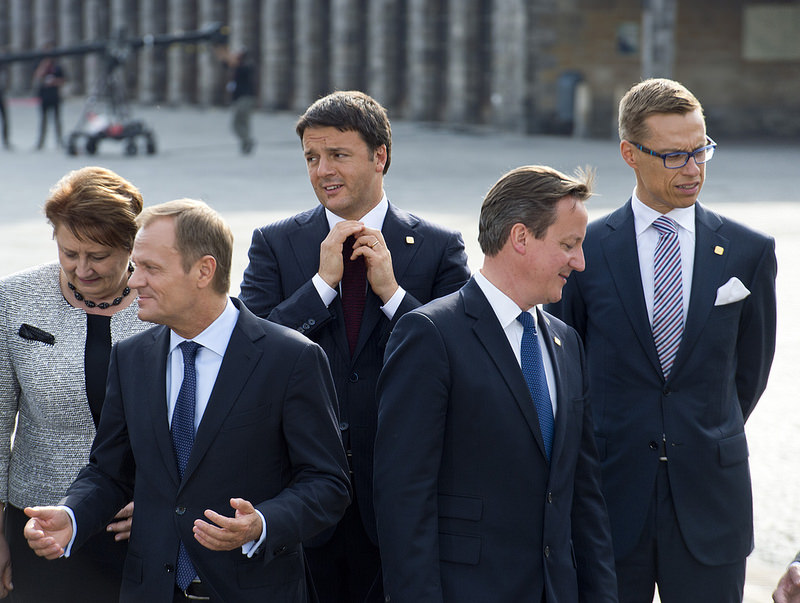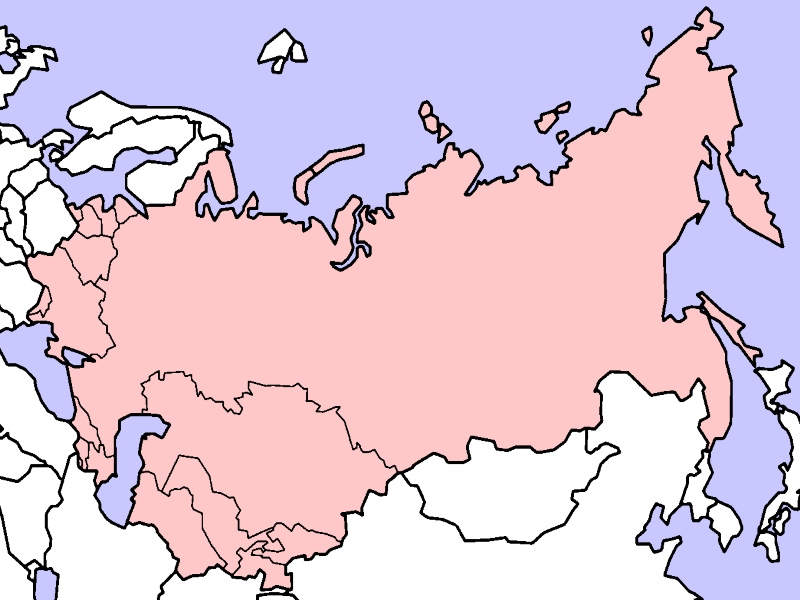November 19, 2014, will mark the 25th anniversary of the fall of the Berlin Wall, and the subsequent collapse of communism throughout Europe.
To commemorate this event, Berlin will play host to various events and exhibitions planned throughout the city. The main celebration however, is a planned light installation that will appear along the 9-mile long area where the Berlin Wall once stood, and which marked the division between East and West Germany. Designed to be a “symbol of hope for a world without walls,” the light installation will be seen throughout the city and even from outer space.
Marc and Christopher Bauder created the light artwork to showcase the vastness of the wall and how it still has an effect on the city today, despite its having been torn down over two decades ago. Speaking about his project, Christopher Bauder stated “we want to make apparent the division left behind by the wall even long after the end of East Germany.” Bauder had moved to Berlin in 1994 when the division the wall created was still very clear. He argues that while this division remains present to this day, it is becoming gradually less evident throughout the city, claiming, “you can see it for example, if you have friends visiting. They ask, where was the Wall? Are we in the East or West? Sometimes you can’t answer, because you’ve simply lost the awareness.”
Other planned events will include a memorial service at the Chapel of Reconciliation by the Berlin Wall Memorial, theatre performances, and special art and culinary exhibitions throughout the city.
The celebrations of the twenty-fifth anniversary already began on October 9, 2014, in the former East German city of Leipzig, where candle-lit ceremonies were held to commemorate a series of anti-communists protests, which took part in the city in 1989.
The history of the Berlin Wall can be traced back to its construction in 1961 when it was initially built to serve as a buffer between the Soviet-controlled East, and American, British and French controlled West, preventing residents from defecting from one side to the other. Living conditions in the Soviet-dominated East became increasingly dire, as the political, social and economic climate was constructed to follow a communist-style government.
The Berlin Wall would soon become the representation of the political divisions of the world, and the defining symbol of the Cold War. Following its construction, traveling from East to West Berlin became impossible, with defectors at risk of being shot dead if they were caught attempting to escape. Roughly 5,000 individuals were successful in crossing over the wall, and an estimated 171 individuals were killed trying.
Radical political changes throughout the Soviet Bloc, along with leadership successions and widespread social unrest, led to pro-democracy demonstrations within the East. On November 9, 1989, East German residents took to the streets and began to tear the wall down, uniting the whole of Germany for the first time in twenty-eight years, and spurring a wave of anti-communists movements throughout Eastern Europe.
Small sections of the wall remain in place today memorializing the events of the Cold War which affected not only Germany and Europe, but had a huge impact the world over. The upcoming events scheduled to commemorate the fall of the wall therefore serve as more than celebrations of the freedoms gained and alliances made following its demolishment, but, like the remaining fragments of wall itself, should serve to renew the fading memory of the social disorders, economic instabilities and political protest which resulted from the wall’s very existence.




